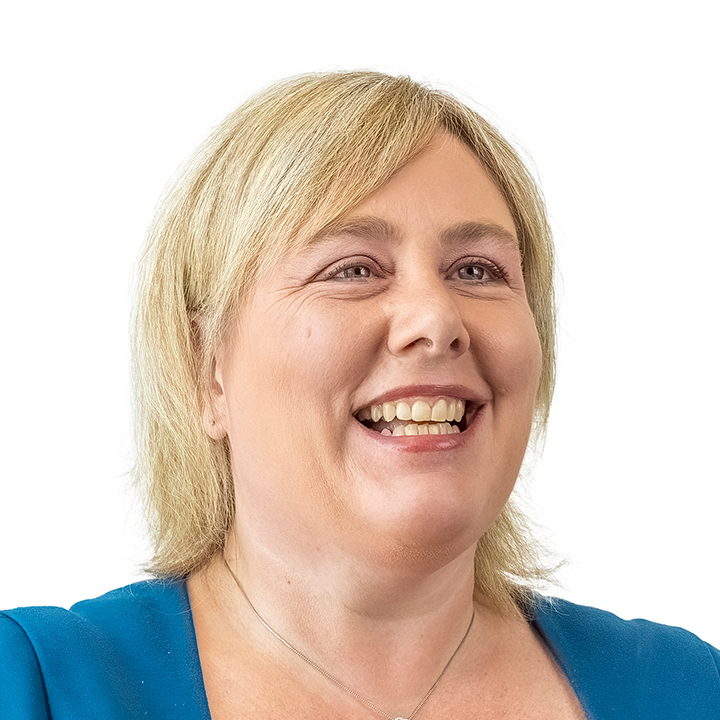Risk settlement: Dress for success
Pensions
Defined benefit pension schemes continue to grapple with the challenges of long-term runoff, with blockbuster buyouts crowding the market. As Isio’s team explained at the PLSA Annual Conference, that brings into sharp focus efficient scheme management, optionality – and tight collaboration between schemes and insurers to secure truly innovative risk settlement transactions.
Appetite for ‘risk settlement’ has never been higher for defined benefit pension schemes. After years of deficits and sluggish returns, widening gilt yields and rampant deal activity over the past few years has boosted the appeal of buyout deals to tie off scheme admin and liabilities for sponsors, and give members certainty for the future.
2022 was another huge year for deals – continuing a five-year trend as more schemes see insurance as both affordable and practical.
But getting in a fit state to consider a buyout can also help address long-standing problems that may have been allowed to build up. “We see schemes that have been brought together over the years with different approaches to data management and record-keeping,” says Sam Coombes, Director, Operational Solutions at Isio, which offers advice, consolidation services and deal support for schemes.
“It makes change very difficult for administrators – and for trustees, who often struggle to deliver on their strategic objectives simply because they don’t have a clear, single view of member data.”
Even with funds unaffected by mergers or legacy schemes, long-standing processes and systems can get in the way of basic efficiencies. “It’s not uncommon to see paper files with handwritten notes on,” says Kristy Cotton, Director, Operational Solutions, at Isio. Even where records are digitised, older, out-dated systems can make it a challenge to access the complete datasets required for effective scheme management and insurer transactions. “A question for us is, how do we get that data and keep it up to date, how do we store it in a way that stops it degrading, and how do we use it going forward?”
It’s a double frustration for trustees concerned with member experience. It means higher operational costs. And it makes it much harder to deliver strategic change – or even make long-term plans, giving clarity to both members and sponsor organisations. But crucially, it also makes a scheme ill-prepared for any kind of deal, too.
Innovating in a buyers’ market
While the supply of potential schemes open to buyout is high, demand from insurers remains selective. It’s a buyers’ market, and less attractive schemes have limited options. “There are three things that insurers are looking for at the moment,” says Nick Johnson, Partner, Insurance and Settlement at Isio. “Big wins, simple wins, and well-prepared wins.”
‘Big’ typically means schemes with hundreds of millions of assets – the ‘smaller end’ of the pensions market is often described as sub-£100m schemes. That means many will be unable to lure insurers eyeing economies of scale and deals that will move the dial on already hefty balance sheets.
‘Simple’ is all about transparency and efficiency. “Insurers have little appetite to focus on individual advisers’ ‘big ideas’,” says Johnson. “Why spend time, effort and precious resource bringing another scheme to market ‘early’ when there is already too many to choose from?” In smaller deals, schemes will often find that insurers are looking for exclusivity from the outset, and the reason is simple: quoting on schemes and then onboarding can be costly and complex, and entering a competitive situation when those costs come up-front is a non-starter.
That doesn’t mean that schemes shouldn’t come up with innovative solutions to make themselves more attractive. In fact, for many schemes, investing in data management and up-to-date systems, for example, can be a compelling way to simplify the overall look of their scheme.

Feel good to look good
Then there’s ‘well-prepared’. Finding a counterparty willing to take on a scheme is much easier if it’s set up is attractive. Better yet, looking at your own scheme through the eyes of buyer can force solutions to long-standing problems that never made it to the top of the to-do list. It’s like any M&A deal: vendor due diligence, identifying areas a potential buyer might use to negotiate the price, and fixing obvious problems is a positive process – whether you end up doing a deal or not.
Coombes offers an analogy: selling a home. “A buyer is probably going to be more interested in a house which is well maintained and isn’t too esoteric, rather than one that’s going to cost a fortune to get the plumbing and electrics up to scratch,” she says. “Lots of people learn to live with idiosyncrasies and might even love the homely feel of their place. But buyers want to see the clean lines and solid foundations, not an interesting nook. And a decluttered house is easier to clean and maintain in the meantime.”
The question then becomes: how do we know what ‘good’ looks like? That’s where firms like Isio come in. A solution requires a mix of capabilities: actuarial consulting, strategic operations, data science, data visualisation, digital transformation – even artificial intelligence, which is increasingly useful for providing data analysis, and even customising member experiences.
The beauty of taking this kind of approach – cleaning up your data, standardising processes, and consolidating administration – is that even if risk settlement isn’t possible (either because stakeholders decide it’s not right, or no counterparty can be found for a buyout) the scheme becomes vastly more efficient.
Preparing for risk settlement, whatever the outcome, can result in lower running costs, simpler audits, greater transparency around funding decisions, and clearer communications for members, trustees and sponsors.
Understanding common barriers to pursuing risk settlement
Risk settlement is a huge stress reliever – lifting financial and administrative burdens off sponsors, trustees and members alike. It’s true that many schemes, especially at the smaller end of the market, will feel too small to make it a reality. But we encounter other concerns that keep it off the agenda.
| “We’re in no shape to enter negotiations“ | Deal readiness can be a big barrier, especially for schemes with legacy issues like multiple funds and databases. That’s why Isio puts a focus on data preparedness and administrative efficiency. Operational consolidation is designed around standardisation. Better still, the process to consolidate will highlight problem issues and apply trusted remedies. |
| “We’re entering the market blind“ | A buyers’ market can feel horribly asymmetrical when you’re a seller. Knowing where insurer appetites are – and how to frame a potential deal – is one reason trustees turn to Isio for advisory and deal support. Specialist expertise in key areas and experience in navigating the market offers reassurance on what ‘good’ looks like – and knowing when to reject a deal. |
| “We haven’t resolved our long term objectives“ | A large minority of DB schemes would like to achieve a buyout before 2030. But many schemes are nervous of committing to such long-term goals, especially in this period of change – both financial and regulatory. Isio offers strategic planning support to help navigate these longer-term ambitions, but the foundation of those discussions is optimising efficiency. It’s only when you have true clarity on operations and understand how efficiently a scheme can be run that the strategic options become clear. This can be daunting, especially for schemes where there’s no ‘burning platform’ forcing stakeholders to change. But the process of reviewing strategic goals (“what are we looking for”) and working out how best-in-class systems and processes might deliver (“what makes me attractive”), reveal opportunities for innovation. |
Get in touch
 Nick Johnson
Nick Johnson
Partner
 Samantha Coombes
Samantha Coombes
Director
How we can help
Get in touch
Talk to us today to see how our bolder thinking can get you better results.










